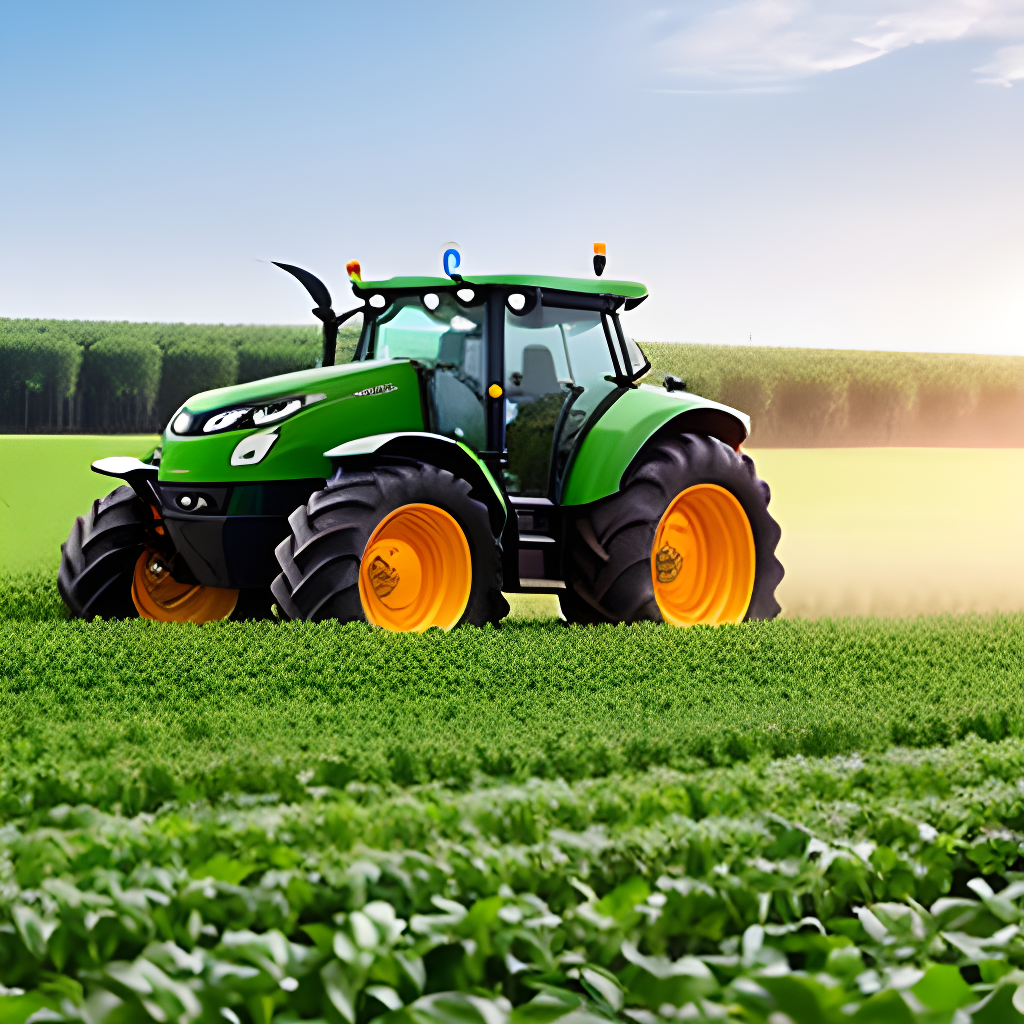Introduction
In a world grappling with increasing population, limited resources, and the need for sustainable food production, the integration of Artificial Intelligence (AI) in agriculture has emerged as a game-changing solution. AI’s ability to analyze vast amounts of data, make informed decisions, and optimize processes is revolutionizing the agricultural sector. From precision farming to crop disease detection, AI is reshaping the way we cultivate, harvest, and distribute food. This article delves into the myriad applications of AI in agriculture, exploring its benefits, challenges, and the transformative impact it holds.
https://youtu.be/_tijHjup-gM?si=L8KZzH6hFgW9bohb
The Power of AI in Agriculture
Precision Farming: AI-powered precision farming has redefined agricultural practices. Through sensors, drones, and satellite imagery, AI analyzes field conditions in real-time, providing insights into soil health, moisture levels, and crop growth. Farmers can make data-driven decisions about planting, irrigation, and fertilization, optimizing resource usage and minimizing waste.
Crop Monitoring and Disease Detection: AI algorithms can identify subtle changes in crop color, texture, and growth patterns that indicate the presence of diseases or pests. Early detection enables swift intervention, preventing the spread of infections and minimizing crop loss. This level of monitoring was previously impossible without AI’s data analysis capabilities.
Smart Irrigation: AI-driven irrigation systems assess weather forecasts, soil moisture levels, and plant water needs to deliver optimal irrigation schedules. This not only conserves water but also prevents over-irrigation, reducing the risk of waterlogged soil and root diseases.
Automated Machinery: AI-enabled agricultural machinery, such as robotic harvesters and autonomous tractors, enhance efficiency. These machines can navigate fields, harvest crops, and perform tasks with precision, reducing the need for manual labor and increasing productivity.
Crop Yield Prediction: Using historical data, weather forecasts, and satellite imagery, AI models can predict crop yields accurately. This information aids farmers, distributors, and policymakers in making informed decisions about pricing, distribution, and food security.
Supply Chain Optimization: AI optimizes supply chain logistics by analyzing factors such as demand, transportation routes, and storage conditions. This results in reduced food wastage and ensures fresher produce reaches consumers.
Challenges and Considerations
Data Quality: AI’s effectiveness relies on quality data. Inaccurate or incomplete data can lead to flawed predictions and decisions. Ensuring accurate data collection and management is critical.
Access and Affordability: Small-scale farmers might lack access to advanced AI technologies due to cost barriers. Ensuring inclusivity and providing affordable AI solutions to all farmers is a challenge that needs addressing.
Ethical Concerns: As AI gathers vast amounts of data, questions of data ownership, privacy, and ethical use arise. Striking a balance between data utilization and individual rights is essential.
Education and Adoption: Training farmers to effectively use AI tools requires education and awareness programs. Bridging the digital divide and promoting AI adoption across generations is essential.
Real-World Success Stories
Agrobot: Agrobot’s AI-driven robotic harvester identifies ripe fruits through computer vision and precision robotic arms. This reduces harvest time and minimizes damage to crops.
Blue River Technology: This company employs AI-equipped machines to identify and eliminate weeds in crop fields. This targeted approach reduces the need for excessive herbicides.
IBM’s Watson Decision Platform for Agriculture: This platform combines AI, weather data, IoT sensors, and blockchain to provide farmers with insights into crop health, pest risk, and market trends.
Future Trends
AI-Integrated Seeds: Researchers are working on developing seeds with AI sensors that can monitor and adjust to environmental conditions, ensuring optimal growth.
Climate-Resilient Farming: AI can assist in designing crops that are more resilient to changing climate conditions, ensuring food security in the face of global climate challenges.
Collaborative Farming: AI platforms that facilitate data sharing and collaboration among farmers can lead to more collective decision-making and efficient resource utilization.
Conclusion
Artificial Intelligence is ushering in a new era of possibilities in agriculture. From optimizing resource usage to predicting crop yields, its applications are vast and transformative. However, AI in agriculture isn’t just about technology; it’s about creating a sustainable and efficient food production system that can feed a growing global population while safeguarding the environment. As we navigate the complexities of AI adoption, the fusion of technology, innovation, and human expertise will be instrumental in realizing the full potential of AI in agriculture.

